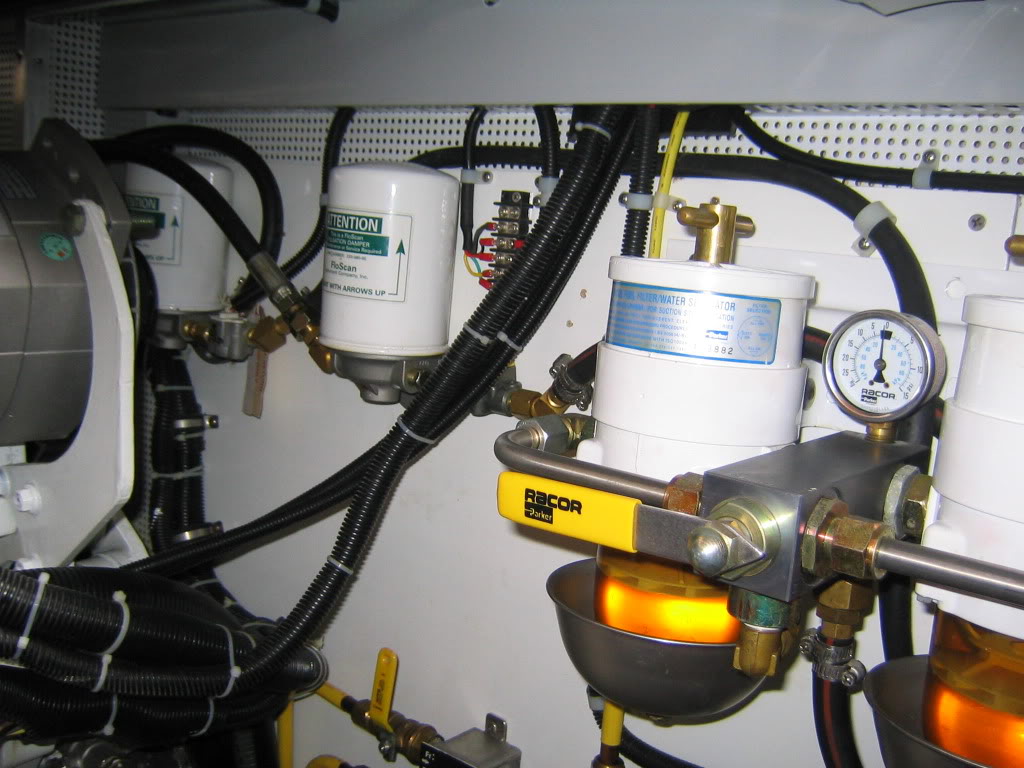jstauffer
Veteran Member
Has anyone used the R2D1 (Fuel Fixer's Inc.)T-Handle vacuum gauge for their diesel Racor systems? If so, were you satisified with them? How do they compare with the "Red Dial" vacuum gauges?
Thanks
Thanks


Greetings,
Mr. markpierce. You can mount the Racor vacuum gauge in your PH. I've seen it done in several vessels.
Greetings,
Not to Denigrate Mr. rwidman's system (looks funky) the "restriction indicator" is simply another type of vacuum gauge. Easier to see at a distance perhaps. I'd go with the cheapest gauge. I think last evening I recall the dial gauges were in the $50-$60 range.
HeyJude said:Craig...why stainless steel tubing vs more accessable copper?
Racor sells a restriction indicator which is not a "gauge" as such, but measures restriction and maintains the highest indication until it's reset.
There are green, yellow, and red indications. Green is fine, yellow is indicating some restriction, red indicates it's time to replace the filter.
Here it is installed:
My Racor/Fuel Fixers R2D2 monitor has fuel in the bowl too. According to the manufacturer:I see you have fuel in the indicator. I was told by Racore, there should not be any fuel in the indicator. I just installed one of these into the vent plug of my Raycore and have started to see "red" (fuel) also. Is your indicator working properly? Ever see it do anything but green? Thanks.

